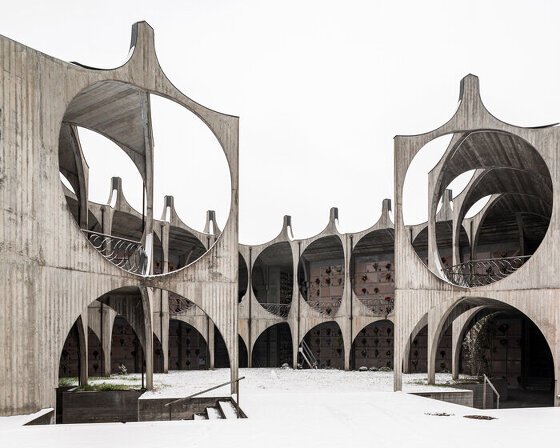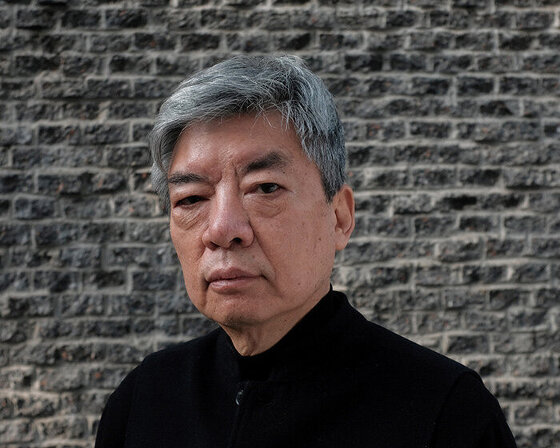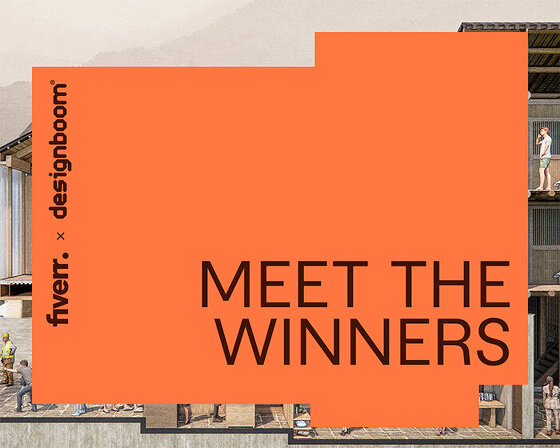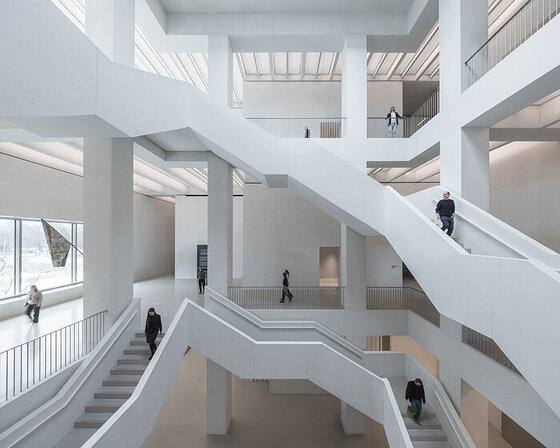KEEP UP WITH OUR DAILY AND WEEKLY NEWSLETTERS
the two photographers documented over 100 structures from the 1960s-80s, from cemeteries and sanctuaries to port buildings and residential complexes.
the founder of jiakun architects, is recognized for his humanistic approach, crafting spaces that combine the everyday with the utopian.
connections: 39
see how architects and designers transformed neglected buildings into stunning, sustainable spaces through Fiverr and designboom’s global competition!
connections: 2
the opening exhibition is the largest-ever presentation of the institution’s collection, presenting four perspectives on art history since 1950.
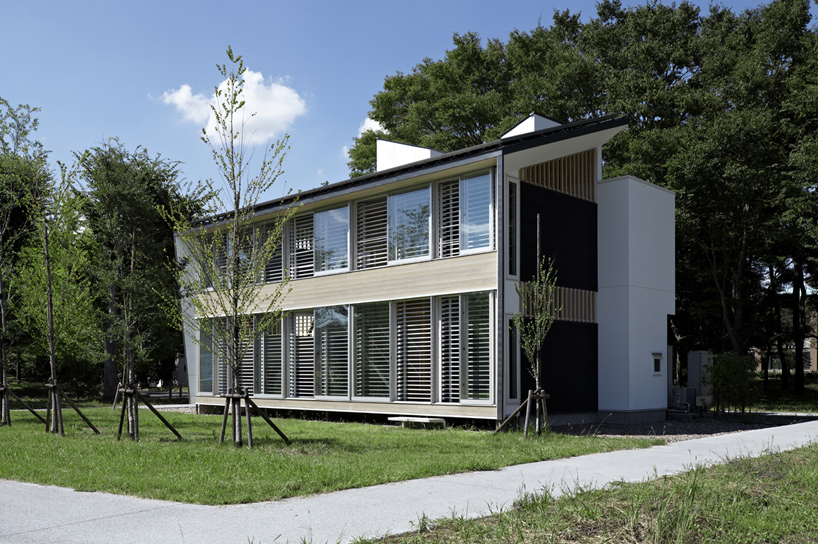
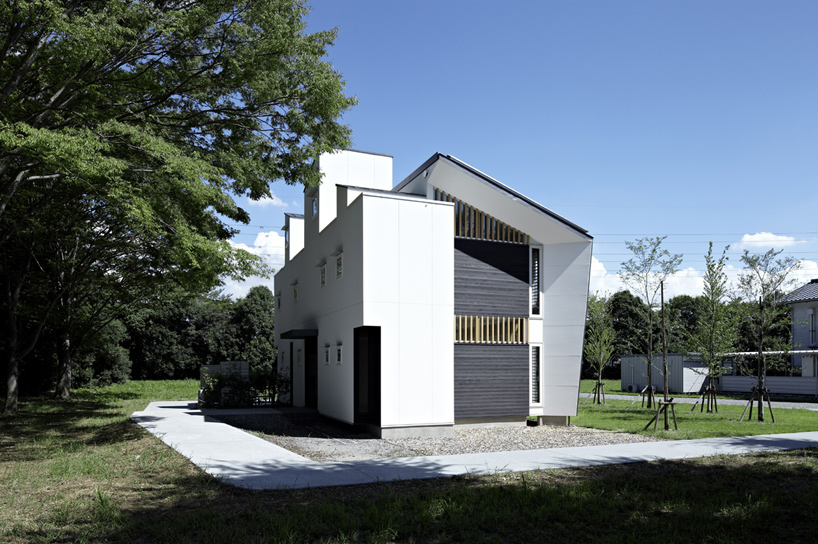 west facade image © koichi torimura
west facade image © koichi torimura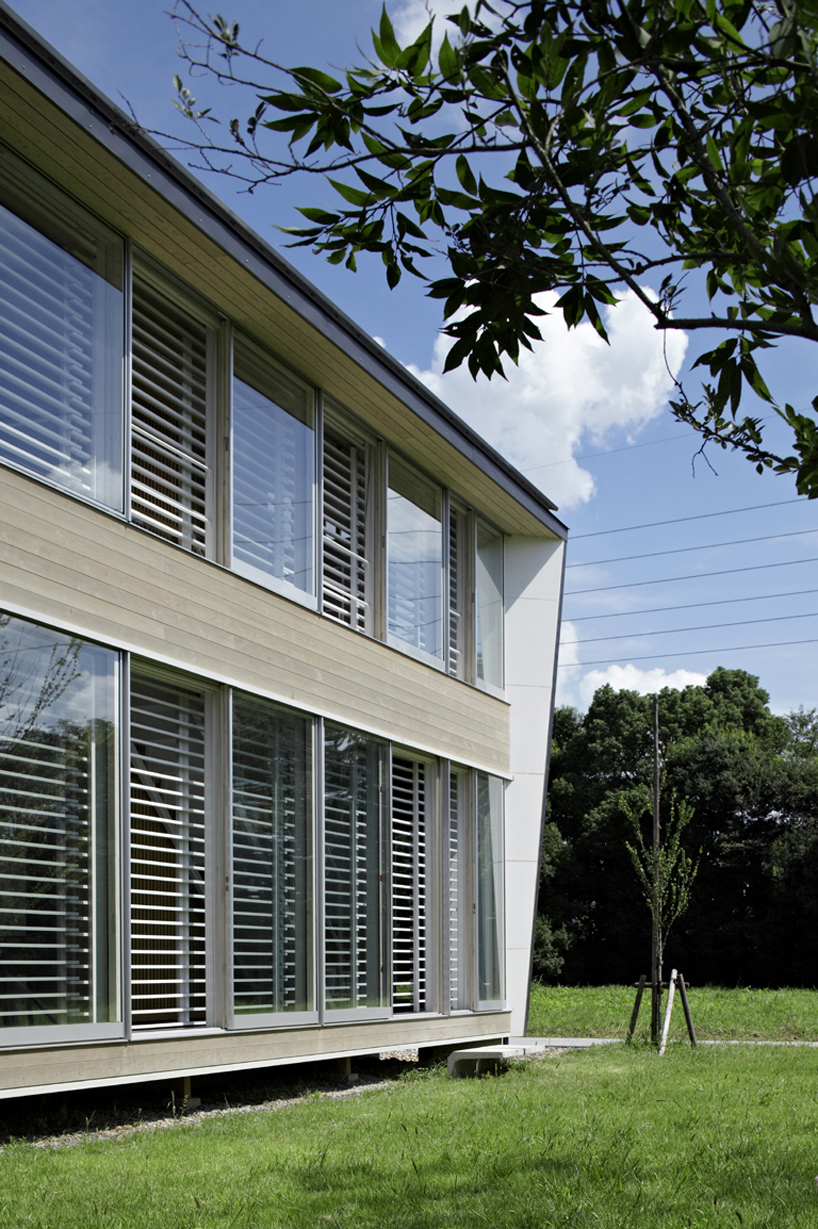 south facade image © koichi torimura
south facade image © koichi torimura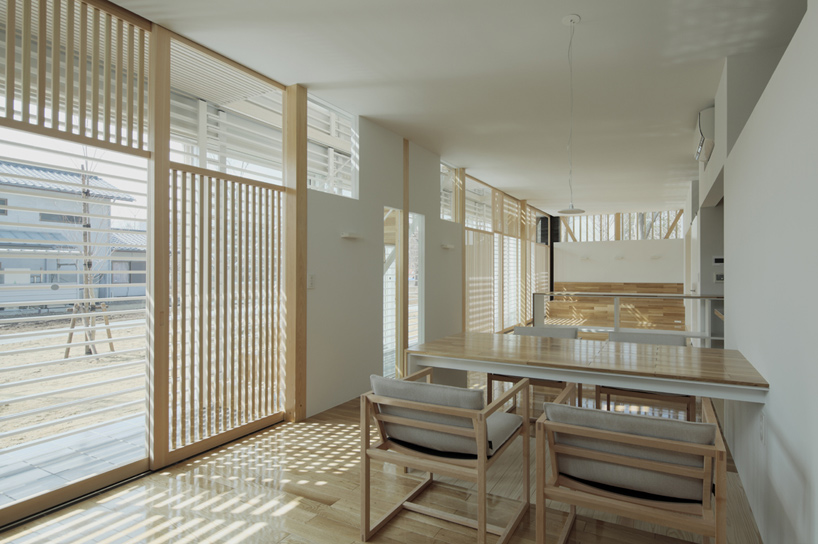 ground level dining and kitchen area image © koichi torimura
ground level dining and kitchen area image © koichi torimura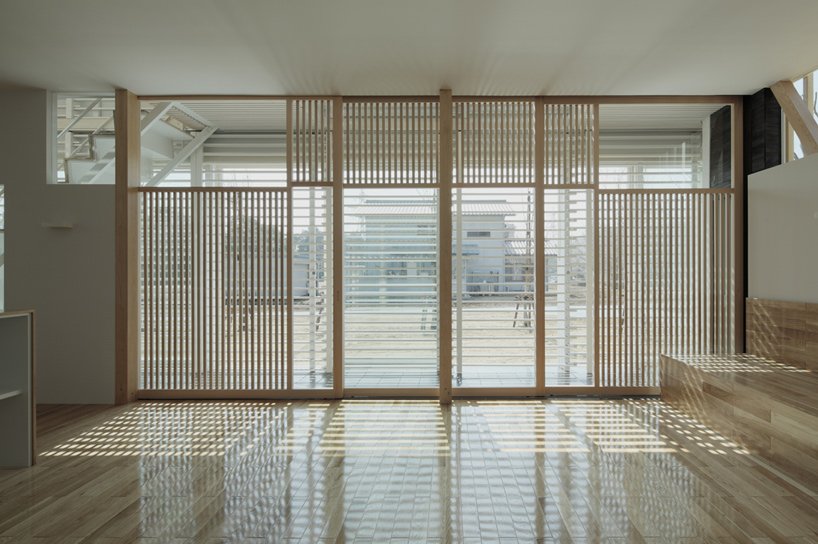 natural lighting filters through shading device image © koichi torimura
natural lighting filters through shading device image © koichi torimura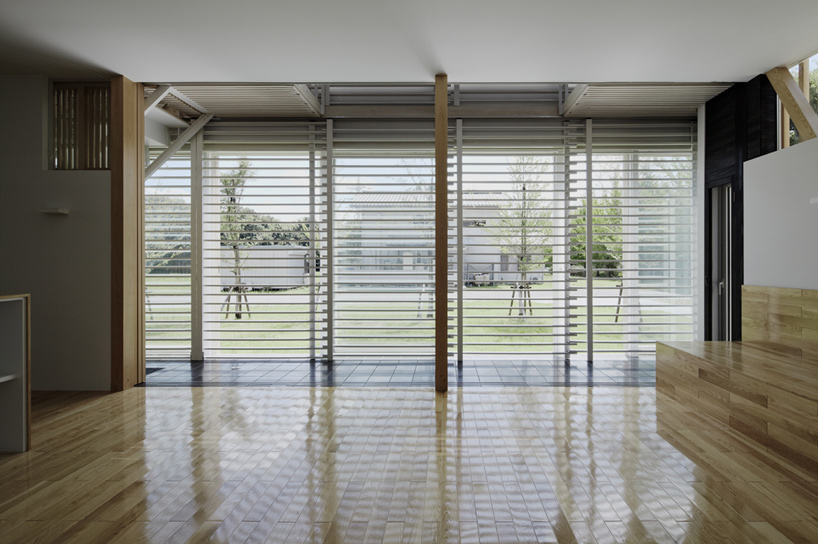 view from dining area image © koichi torimura
view from dining area image © koichi torimura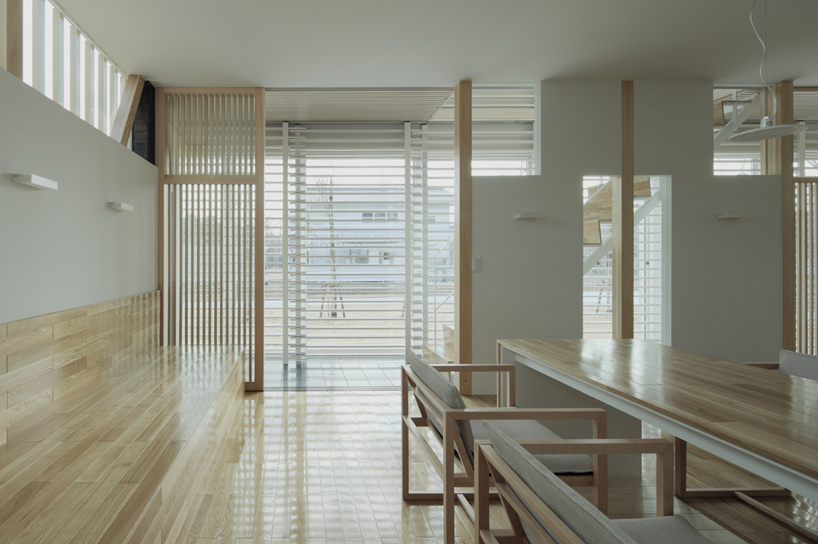 dining area image © koichi torimura
dining area image © koichi torimura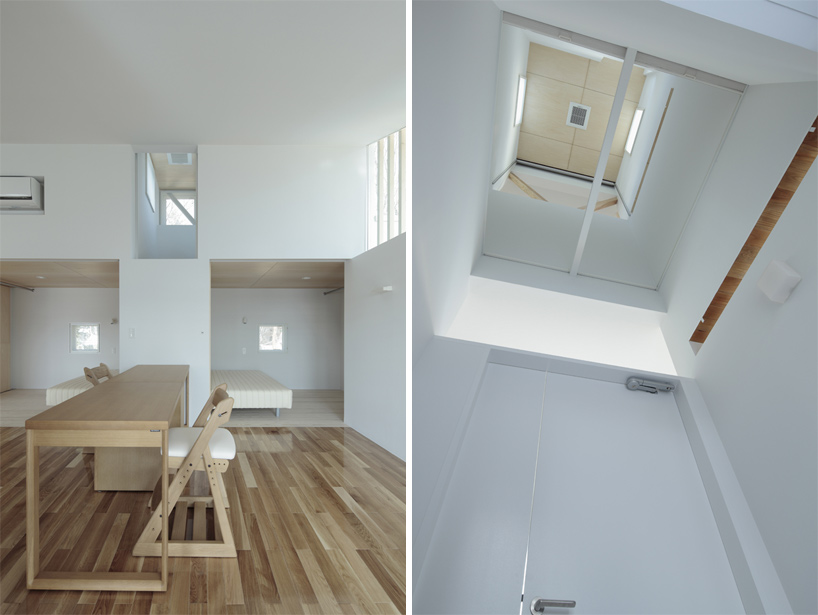 (left) study area (right) vertical chasm images © koichi torimura
(left) study area (right) vertical chasm images © koichi torimura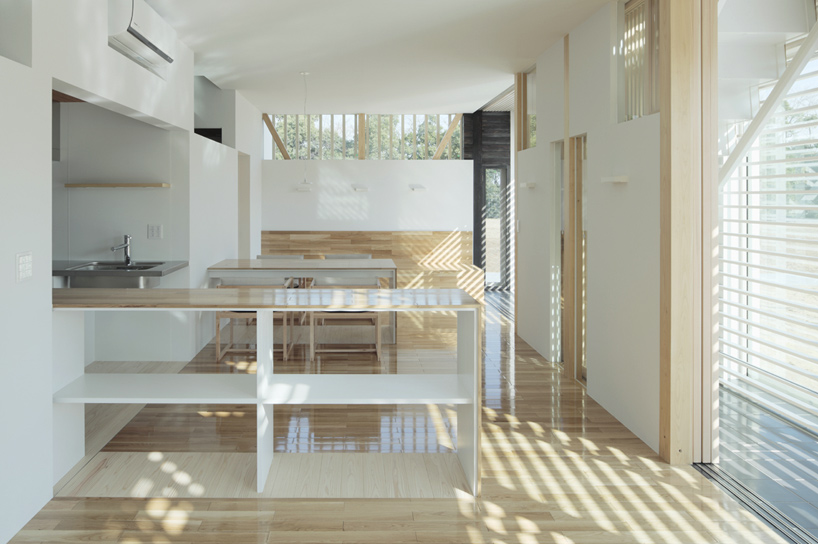 kitchenimage © koichi torimura
kitchenimage © koichi torimura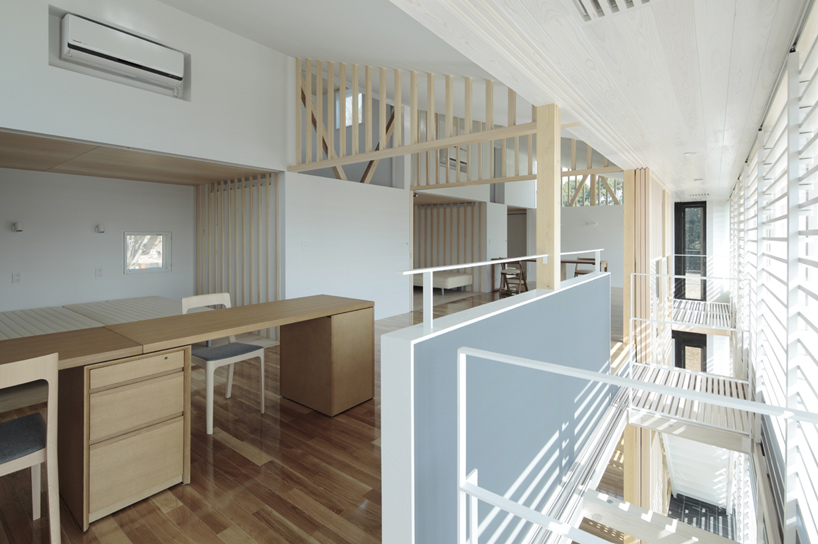 upper level bedroomsimage © koichi torimura
upper level bedroomsimage © koichi torimura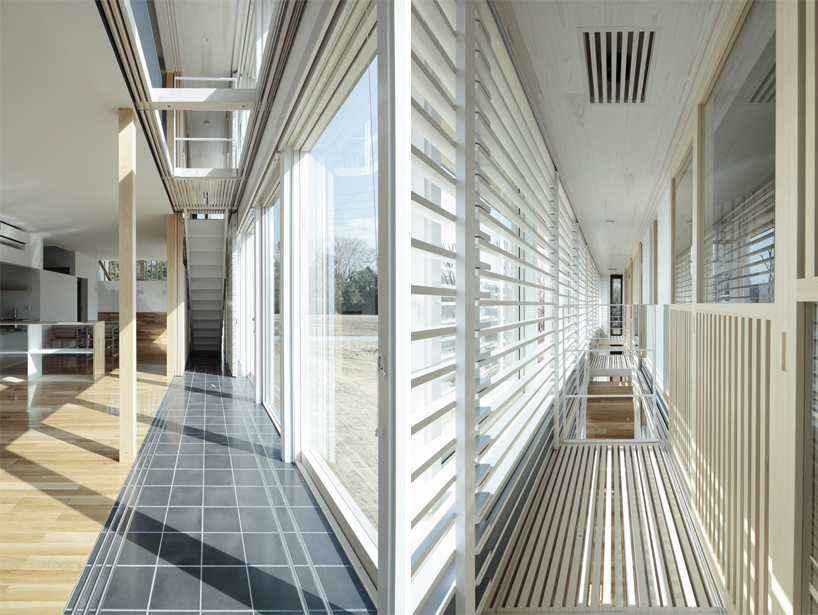 (left) ground level circulation along south facade (right) upper level circulation along south facade images © koichi torimura
(left) ground level circulation along south facade (right) upper level circulation along south facade images © koichi torimura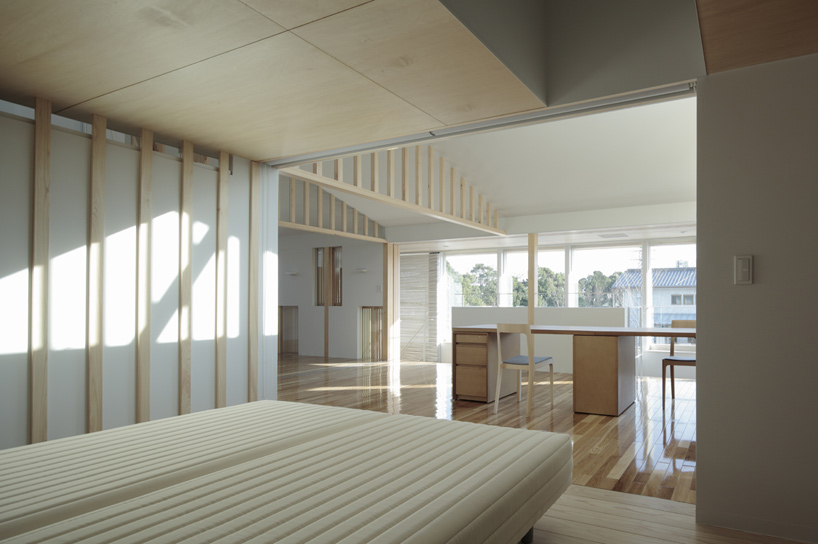 upper level loft and bedroomimage © koichi torimura
upper level loft and bedroomimage © koichi torimura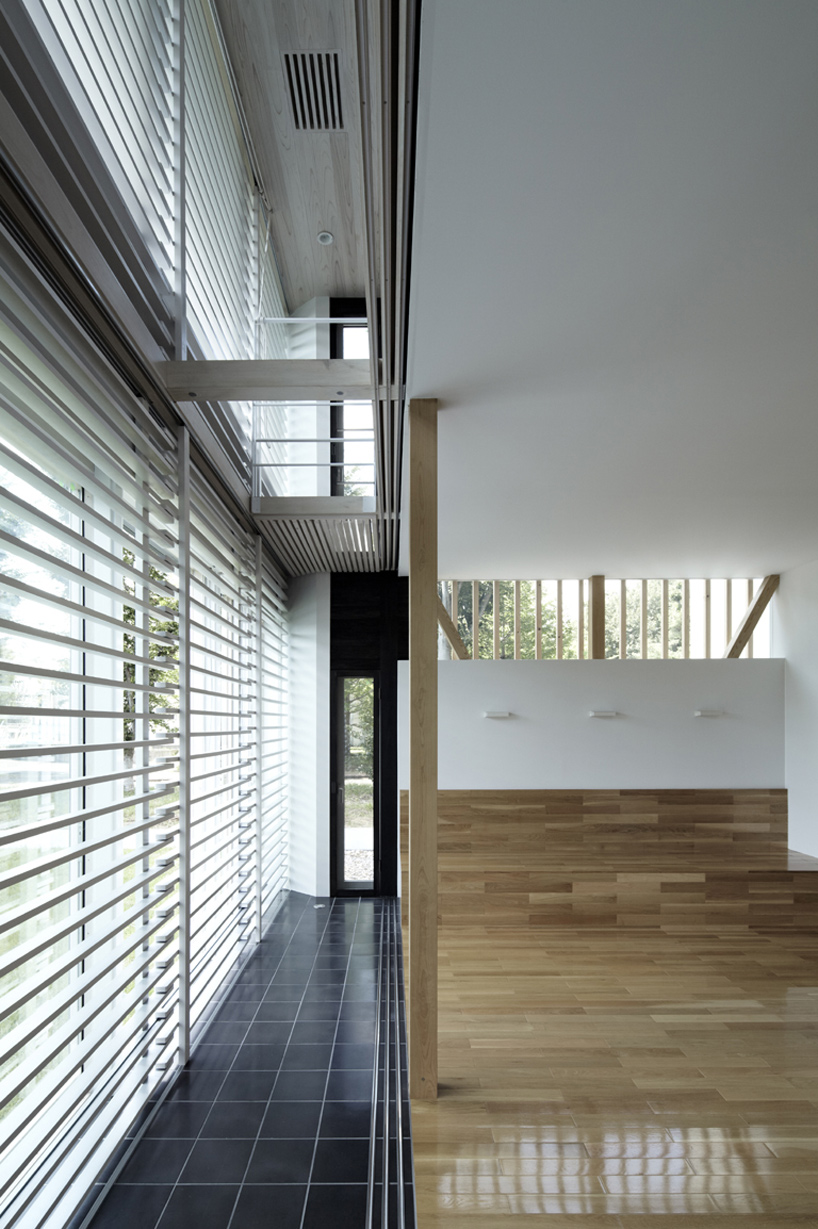 entry foyerimage © koichi torimura
entry foyerimage © koichi torimura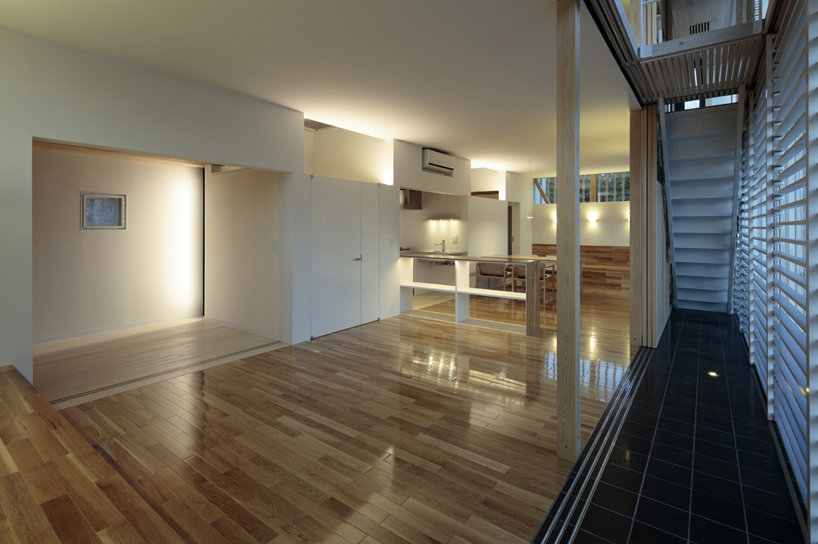 ground levelimage © koichi torimura
ground levelimage © koichi torimura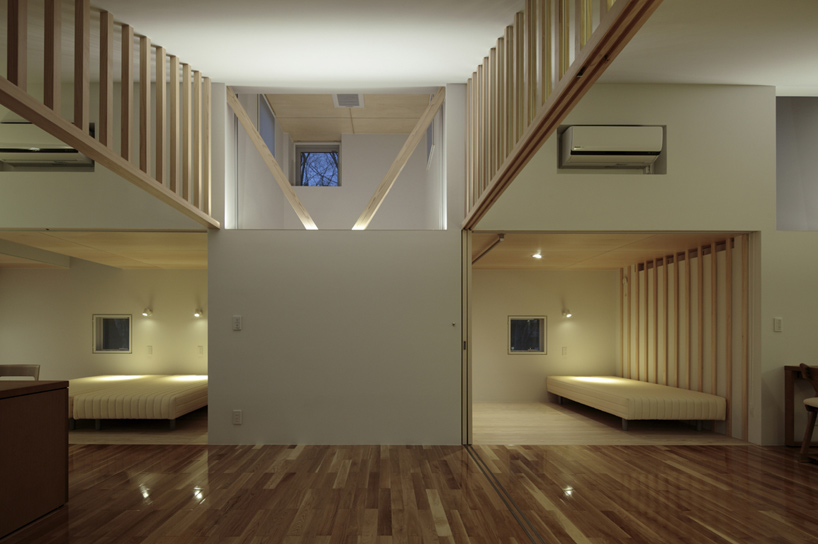 bedrooms at nightimage © koichi torimura
bedrooms at nightimage © koichi torimura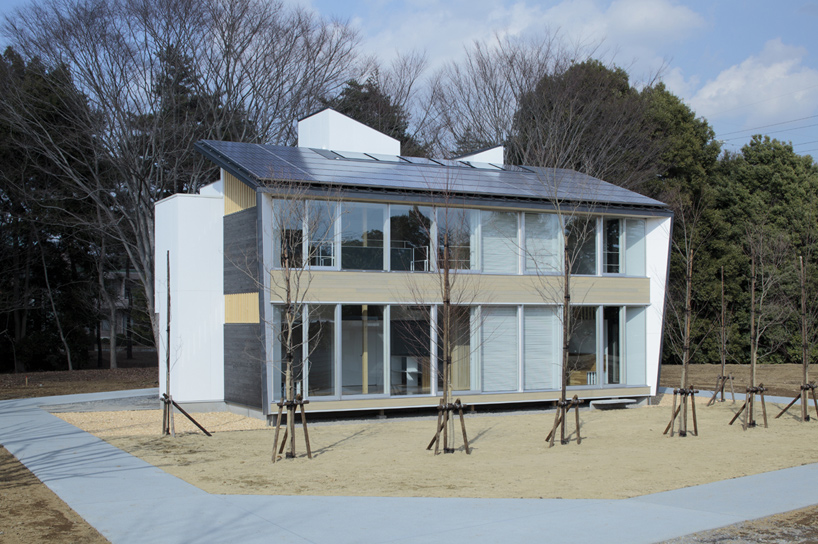 rooftop photovoltaic panels – autumnimage © koichi torimura
rooftop photovoltaic panels – autumnimage © koichi torimura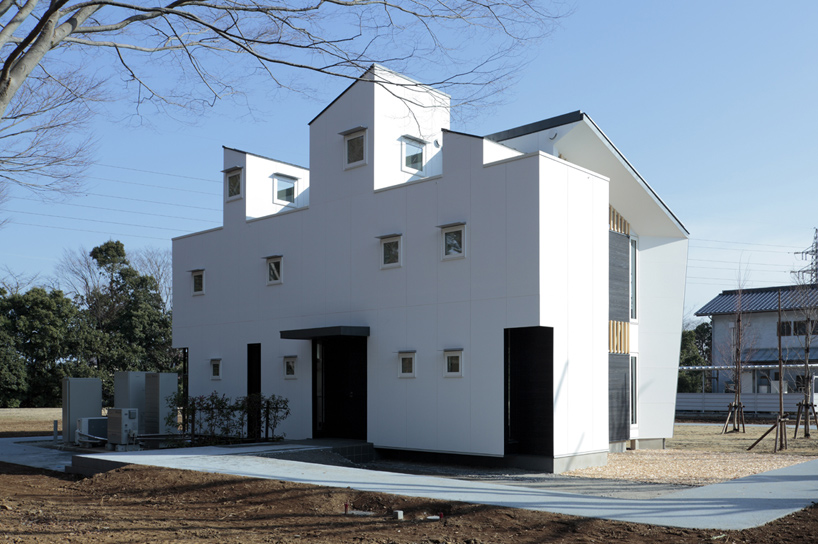 entry facadeimage © koichi torimura
entry facadeimage © koichi torimura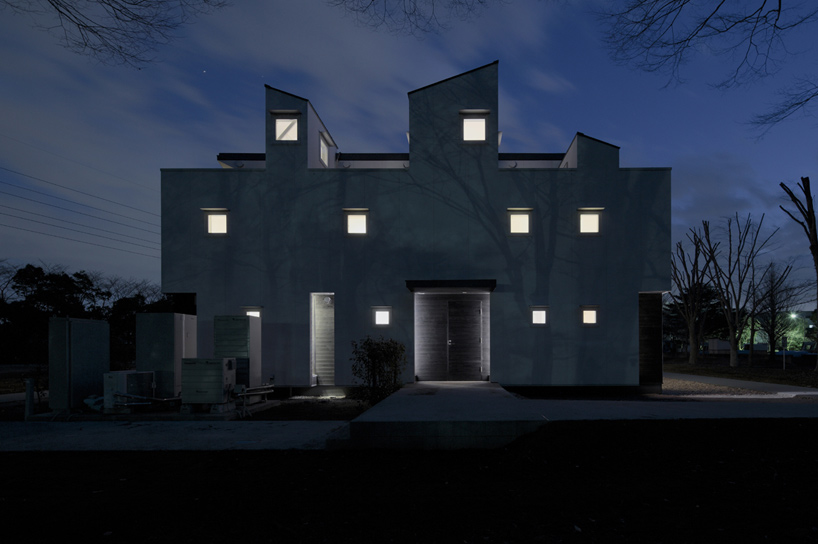 entry facade at night image © koichi torimura
entry facade at night image © koichi torimura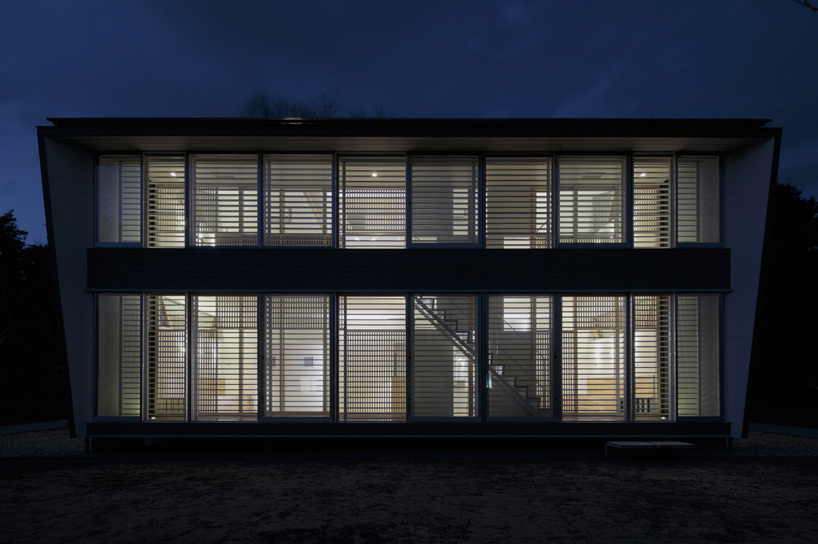 south facade illuminated at night image © koichi torimura
south facade illuminated at night image © koichi torimura sustainability diagram
sustainability diagram  all year, summer and winter ventilation diagram
all year, summer and winter ventilation diagram  floor plan / level 0
floor plan / level 0  floor plan / level +1
floor plan / level +1  section a-a
section a-a  section b-b
section b-b